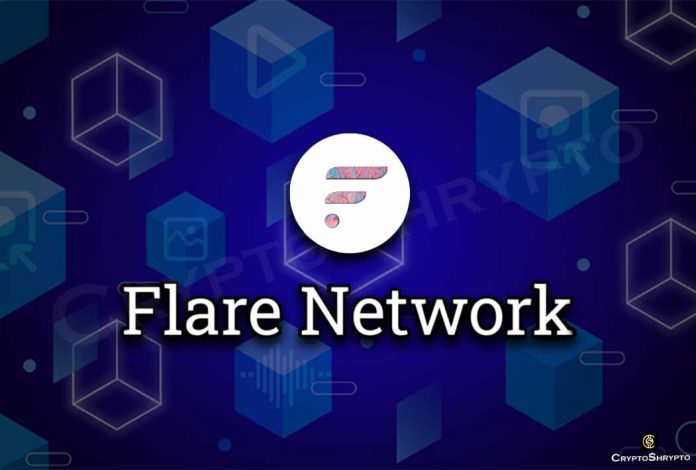According to the Flare Networks team’s official announcement, its developers proposed LayerCake, a blockchain-agnostic interoperability solution that has the potential to revolutionise the game in the cross-network bridge sphere.
Hugo Philion, CEO of Flare Networks, developed an instructive video to describe the concept of the upcoming system and the prospects it opens up for DeFi and Web3 in general.
LayerCase will connect blockchains to a network of bandwidth providers. “Wrapped” assets will first be minted on the Flare (FLR) blockchain before being transmitted to “target” networks.
These bridges will not keep users’ money, but every deposit made to them will be completely “insured,” as bandwidth suppliers will be required to stake liquidity in the amount that matches their chains’ maximum capacity.
The LayerCake infrastructure will enable smooth value transfer across heterogeneous networks such as Solana (SOL), Ethereum (ETH), Cardano (ADA), and others.
Mr. Philion stated that this approach would enable bridge systems to be both decentralised and fast. Decentralized systems are often much slower than their custodial versions.
For the first time in Web3 bridging ecosystem history, blockchains will be linked via 100% guaranteed systems, removing the risk of hacks and attacks.
Last but not least, the bridge ecosystems will be grown linearly rather than quadratically (blockchain-to-blockchain) in order to minimise scalability and interoperability problems.




